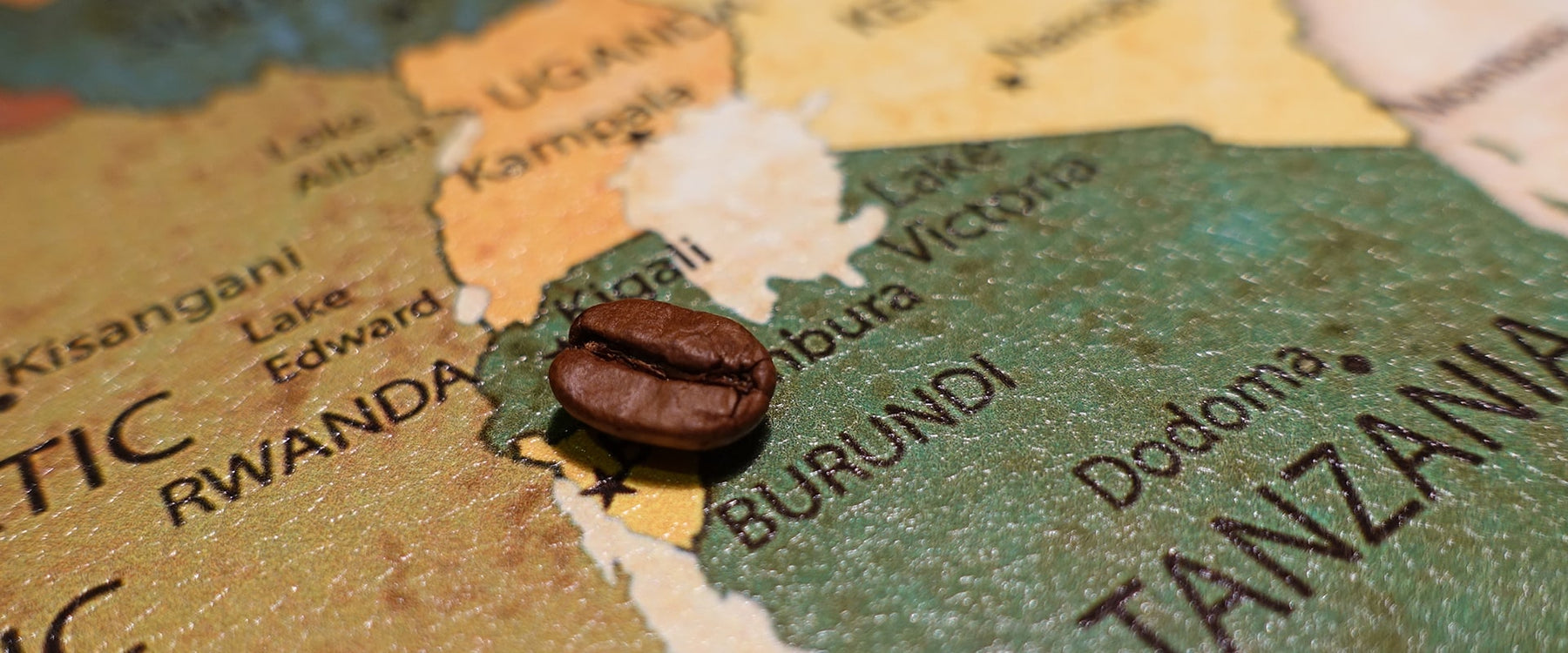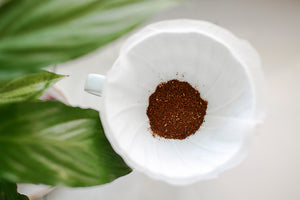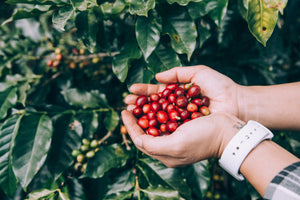
Burundi; the best coffee growing country you’ve (probably) never heard of
Coffee is integral to the daily routine of millions of people across the globe. Europe, despite not having good conditions for growing coffee itself; is responsible for the highest consumption, averaging just over 5kg per person each year
Coffee trees thrive in very specific conditions; needing consistent high temperature (between 15-27°c), altitude, ample sunlight and water. For these reasons, the world’s coffee habit is fuelled by a collection of countries in a strip around the equator where these conditions and climate are present. Known affectionately as the Bean Belt; most coffee-lovers will know the highly celebrated coffee-producing Nations within this area like Brazil, Colombia, Vietnam and Ethiopia.
However the small landlocked African country Burundi, though not likely to immediately spring to mind as a coffee-producing nation, exports some of the finest coffee you’d be fortunate enough to try.
Where is Burundi?
Burundi is located in East Africa, in the Great Lakes region. Close by are Kenya, Tanzania, Rwanda and Uganda. This part of Africa particularly is well known for producing coffee of great quality, and Burundi is no exception. Emerging from civil unrest in 2005, the country has invested in infrastructure and education which is great news for coffee production in the area which is growing both in popularity and quality. Currently ranked 31st in the world for volume of coffee exports, Burundi is fast becoming a favourite amongst specialty coffee roasters and drinkers.

Coffee producers in Burundi
Populated in the majority by Hutu, traditionally a farming people; Burundi’s coffee is predominantly grown on tiny farmsteads and smallholdings.
Our Editor’s Choice Burundi coffee was sourced through Greenco who work directly with the Kibingo washing stations; a group of 13 processing stations spread out across Burundi. Kibingo washing stations, and an additional 12 collection points are dotted about the country, meaning that the 3,515 smallholders who rely on them to process their coffee don’t have too far to travel with their harvest.
Most coffee grown in Burundi is Red Bourbon, a varietal which was introduced to the country in the 1930s by then ruling Belgium. Since gaining independence the coffee-growing has continued as a vital way to make a living. Most growers own very few trees, the average per plot being only 300. Each tree yields around 1.5kg of cherries, so the average producer sells about 200-300kg annually.
The small-scale level of production, along with education programmes rolled our from the washing stations mean that the quality of coffee grown in Burundi is very high. All coffee is selectively hand-picked and sorted; meaning defective or low-quality beans are not included in processing.
 Kibingo Washing Station - Photo by Greenco Burundi
Kibingo Washing Station - Photo by Greenco Burundi
Coffee Processing
Wet-processing is the norm in Burundi, with each lot of coffee beginning the process within 6 hours of delivery. The cherries are quality-checked, sorted, pulped, density-checked and sorted again.
Next the coffee is fermented using water from a nearby stream for 10-12 hours, the beans are checked regularly by trained agronomists to make sure fermentation has ended at precisely the right time.
After fermentation the beans are trampled to remove the last traces of the coffee cherry before they are moved on for further washing. In the washing canal the beans are again sorted by density and quality. The densest beans will run to the lower end of the washing canal, while the lighter beans remain higher up. The beans are separated with wooden boards and kept in their own lots.
From the final wash the beans are moved to the drying tables. Here they are laid flat to dry for 2-3 weeks. Each day they are turned to keep the humidity levels stable and sorted by hand for any last remaining imperfections. Each table has a traceability tag with the lot info which goes with it when it is bagged up and sent for selling.
Characteristics of the coffee
Burundi has a mild, stable climate and volcanic soil which contains many of the nutrients that coffee trees thrive on.
The wet processing method used here usually means a cleaner, brighter tasting coffee while the Red Bourbon varietal is well known for its sweetness and good body.
The country’s altitude varies between 700-2,750 miles above sea level which can have a big impact on the flavour. Most of the coffee produced in Burundi is grown at the higher end of this range, which equates to fruitier, sweeter flavours in the cup. While those grown at lower altitudes may have a more balanced, chocolate and hazelnut profile.
In general you can expect a clean, delicate coffee from Burundi with rich body and bright acidity. Some lots may also give citrus notes while blueberry and floral flavours are also common.
If this sounds like your type of coffee take a look at April’s Editor’s Choice coffee from the Kibingo washing station. Tasting notes of Grapefruit, honey and black tea. Maxwell Colonna-Dashwood of Colonna, who roasted the coffee, praises the Kibingo lot;
"We love coffees from Burundi for the stewed fruit, round body and complex spice notes. The coffee stood out to us as it combines this profile with some more floral top notes."
Shop our Editor's Choice Coffee
|
Kibingo, Burundi - Espresso Best Coffee Editor's Choice (Roasted by Colonna Coffee) |
Kibingo, Burundi - Filter Best Coffee Editor's Choice (Roasted by Colonna Coffee) |





